India stands as a beacon of innovation, its rich tapestry of contributions stretching across millennia and cutting through disciplines—from the esoteric realms of mathematics and medicine to the practical domains of technology and textiles. The inventions birthed in this remarkable subcontinent have not merely shaped local customs and practices, but have irrevocably influenced the trajectory of global civilization. This article aims to highlight the top 10 Inventions That Came From India and Changed The World.
10 Inventions That Came From India and Changed The World
Zero
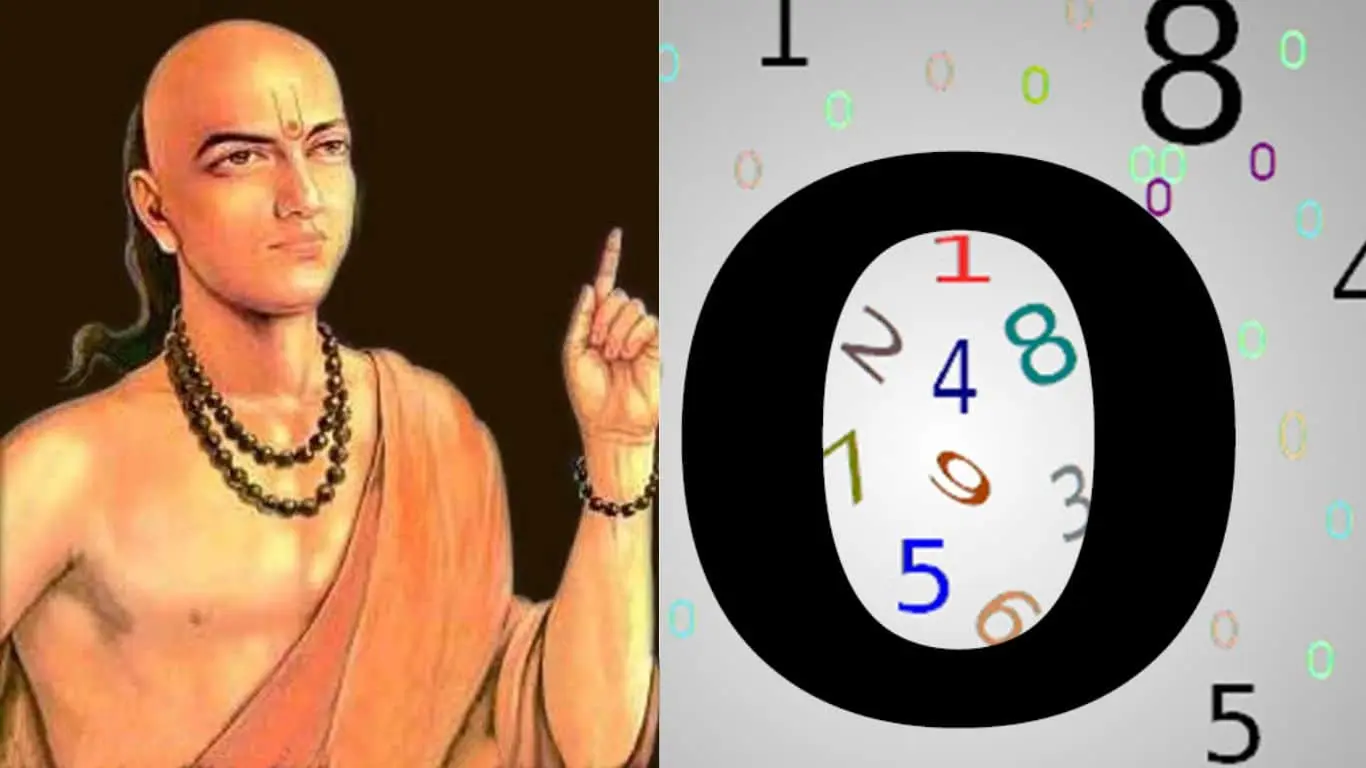
The concept of zero, a cornerstone of modern mathematics and science, is a groundbreaking contribution that originated in ancient India. The ingenious introduction of zero as both a placeholder and a number in its own right fundamentally transformed the fields of mathematics, astronomy, engineering, and even computer science. The brilliant Indian mathematician Brahmagupta was among the first to provide an explicit definition for zero in his seminal text, “Brahmasphutasiddhanta,” published in 628 CE.
Before zero’s formalization, various ancient civilizations grappled with the idea of representing ‘nothing’ mathematically. Brahmagupta’s work provided an elegant solution, giving mathematicians the ability to easily differentiate between numbers like 206 and 2006 and laying the groundwork for complex calculations.
Earlier, Aryabhata had paved the way for such advancements with his development of the place-value system. This system implicitly employed the concept of zero, even if it wasn’t overtly defined, setting the stage for Brahmagupta’s later clarifications. The invention and understanding of zero revolutionized the study of mathematics and gave rise to branches like calculus and algebra, while also forming the basis for binary code, the language of modern computing. The work of these ancient Indian scholars in conceptualizing zero has had a long-lasting and transformative impact on global knowledge systems.
Ayurveda
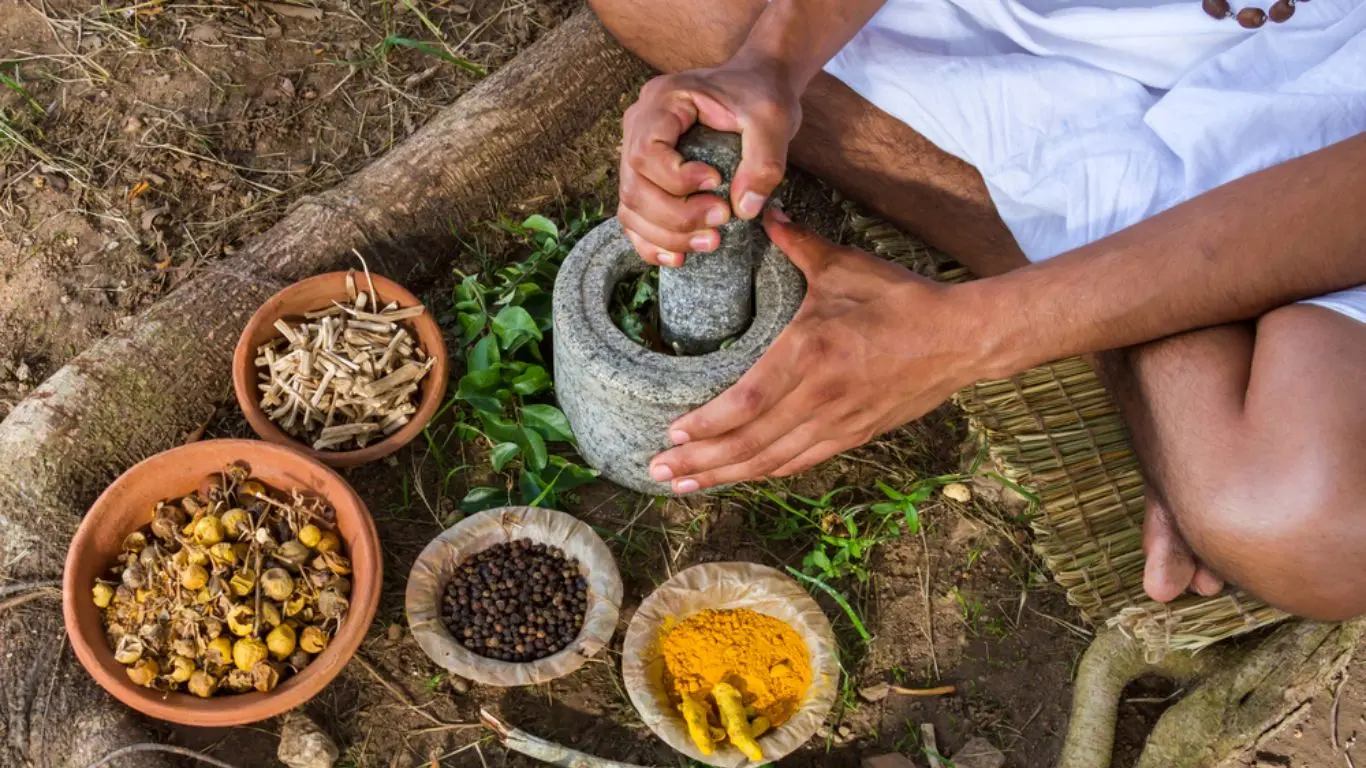
Originating over 3,000 years ago in India, Ayurveda stands as one of the world’s oldest systems of holistic medicine. Translating to “the science of life” in Sanskrit, Ayurveda isn’t just a set of curative practices; it’s a complete philosophy of health and wellness. Built on the concept of balancing the body’s elemental energies, or ‘doshas,’ Ayurveda focuses on preventive care and holistic well-being, incorporating diet, lifestyle, and herbal treatments. Foundational Ayurvedic texts like the “Charaka Samhita” and “Sushruta Samhita” provided not just medicinal but also surgical knowledge that was groundbreaking for its time.
These texts influenced traditional medicine systems across Asia and, through later translations, even impacted Western medical thought. Today, Ayurveda’s principles have gone global, inspiring modern naturopathy and alternative medicine practices. It’s not just a relic of ancient wisdom, but a living system that continues to be studied and integrated into modern healthcare. As people increasingly seek holistic and preventive healthcare options, Ayurveda’s comprehensive approach makes it not just relevant but revolutionary, solidifying its place as one of India’s most impactful contributions to global health.
Yoga

Originating in ancient India, Yoga is far more than a form of exercise; it’s a comprehensive spiritual and philosophical discipline aimed at unifying mind, body, and spirit. Rooted in Sanskrit scriptures like the Yoga Sutras of Patanjali, the practice extends beyond physical postures to encompass ethical conduct, breath control, and meditation. Its global impact is immense, transforming modern health and wellness by offering holistic approaches to physical and mental well-being.
In the West, while Yoga’s physical postures are popular for enhancing flexibility and reducing stress, its deeper practices are gaining recognition for their potential to manage various health conditions, from anxiety to chronic pain. This ancient Indian practice has so profoundly impacted global health that the United Nations declared June 21st as the International Day of Yoga, recognizing its role in promoting global health, harmony, and peace. Today, Yoga stands as one of India’s most significant and enduring contributions to the world, with global relevance and appeal.
Chess
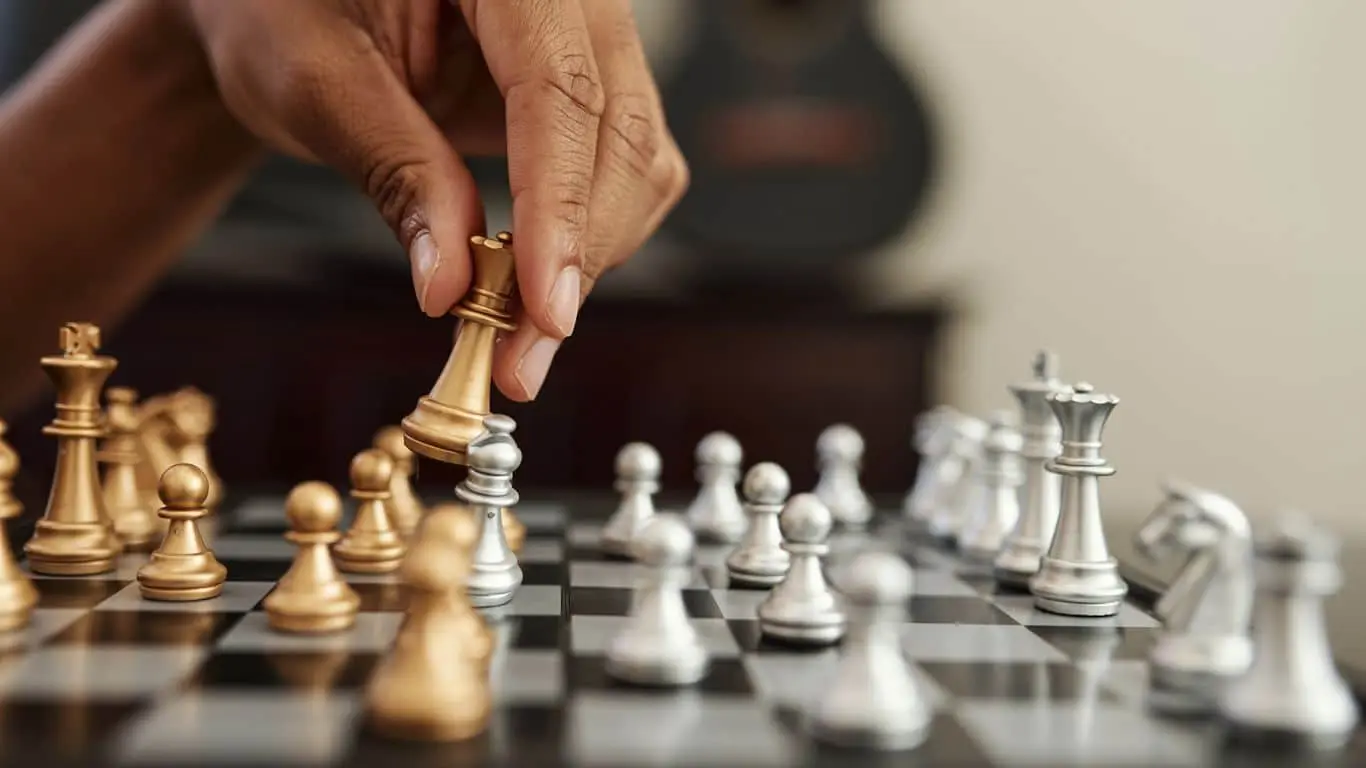
Chess, one of the world’s most enduring and popular board games, traces its origins to ancient India, where it was known as “Chaturanga” around the 6th century. This strategic game simulated the art of warfare, involving infantry, cavalry, elephants, and chariots, which later evolved into the modern pawn, knight, bishop, and rook. Chaturanga traveled to Persia, the Islamic world, and eventually Europe, where it evolved into the chess we know today.
Beyond mere entertainment, chess has become a tool for enhancing cognitive abilities, problem-solving, and strategic thinking. The game has transcended cultural and geographical boundaries, finding universal appeal. The modern rules of chess, although not Indian, still owe their fundamental structure to the ancient game of Chaturanga, making it one of India’s timeless contributions to global culture and intellect.
The USB

While not ancient, the Universal Serial Bus (USB) is a modern invention with Indian roots. Ajay Bhatt, an Indian-American computer architect, co-invented the USB in the 1990s while working at Intel. The invention revolutionized the way devices connect, replacing a variety of ports with a standard, easy-to-use connection. USBs are now ubiquitous in computing, used for everything from charging phones to transferring data. It’s hard to imagine the technological landscape without USB technology, making it a vital, transformative invention from someone of Indian origin.
Pi
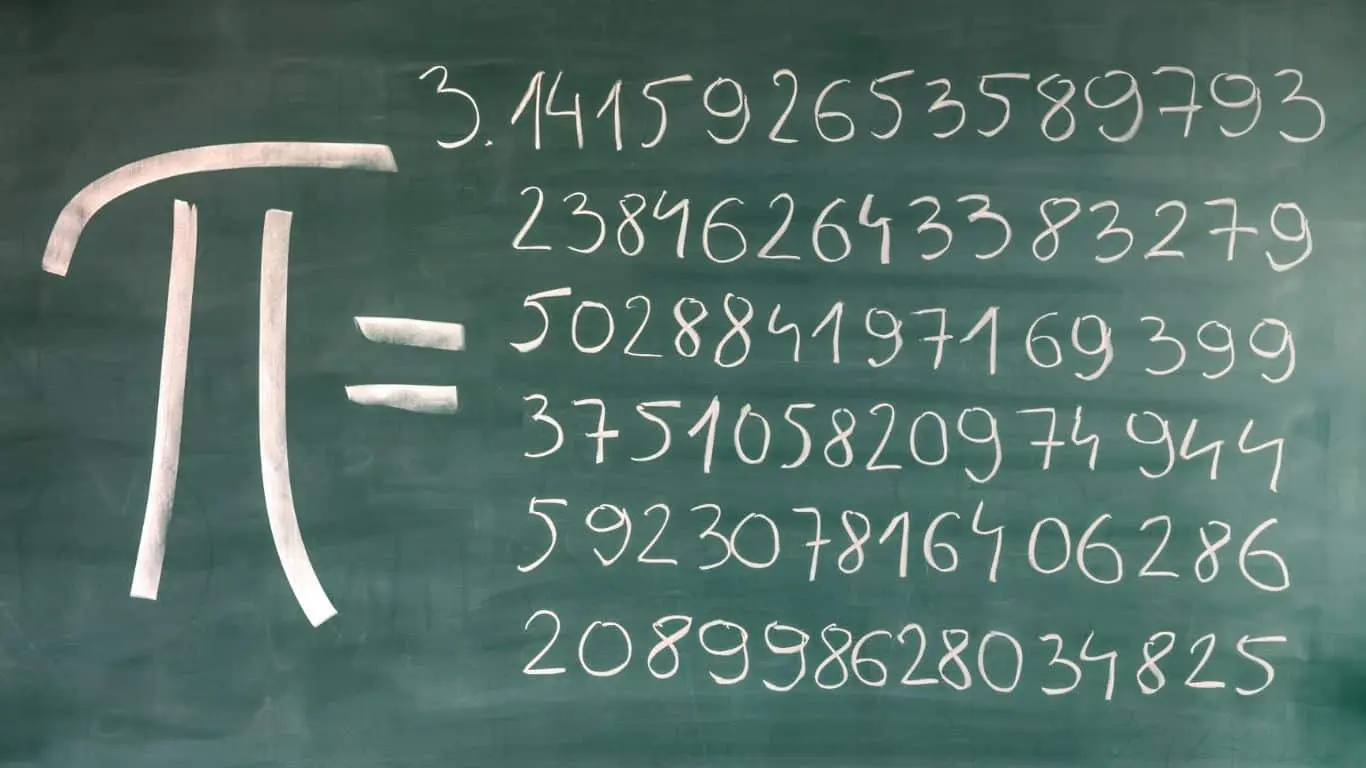
The mathematical constant Pi (π) has been known for thousands of years, but one of the most accurate early calculations came from the Indian mathematician Aryabhata in the 5th century. Aryabhata’s work laid the foundation for trigonometry and significantly improved the decimal number system. Pi is central to fields as diverse as engineering, physics, and space exploration. Its early and accurate calculation in India marked a major milestone in the history of mathematics, impacting studies and innovations globally.
Buttons
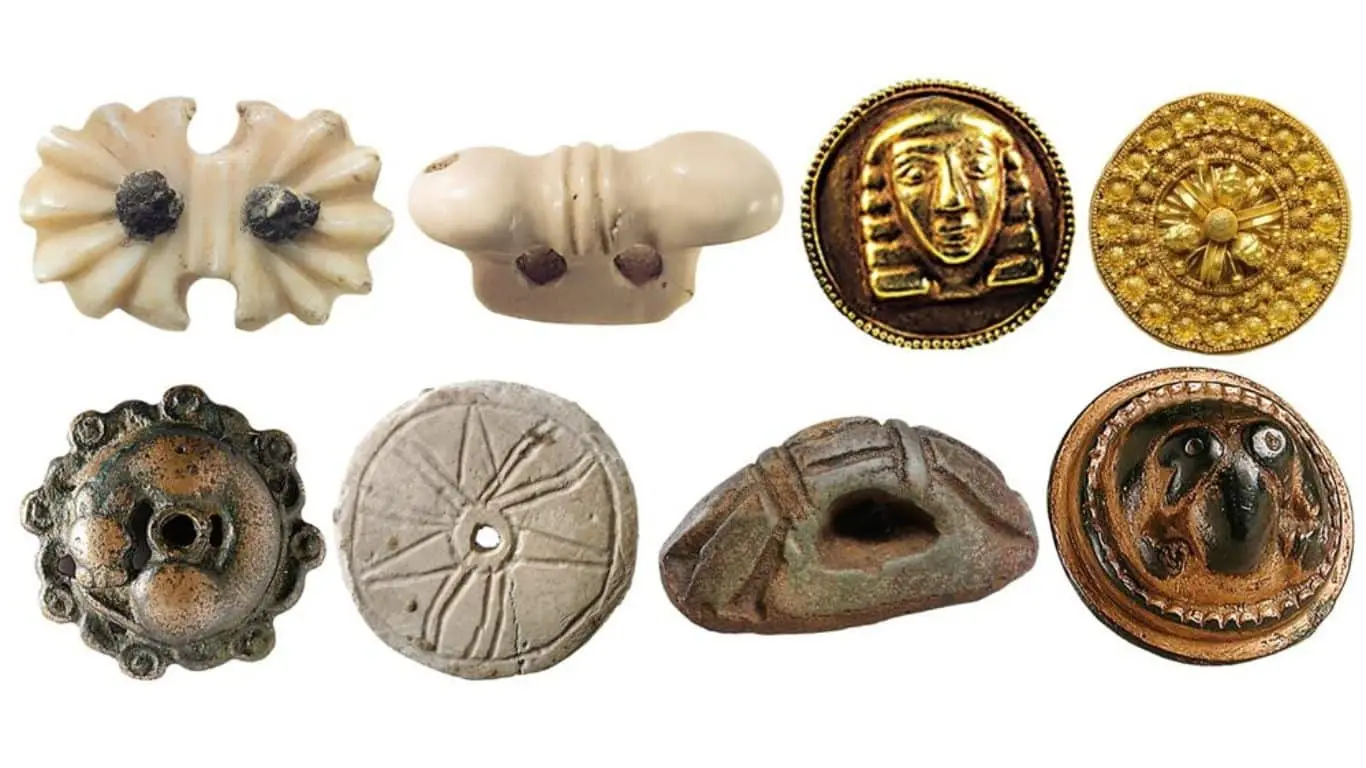
Buttons, a seemingly simple yet transformative invention, trace their origins back to the ancient Indus Valley Civilization in India around 2800–2600 BCE. Initially created from seashells, these early buttons served as decorative elements rather than functional fasteners. However, their utility quickly evolved, and buttons became instrumental in clothing design, providing an alternative to pins and brooches. The concept eventually spread globally, transforming the way garments were made and worn.
Today, buttons are ubiquitous—not only as fasteners in fashion but also as crucial elements in modern technology interfaces. They’ve transcended their original function to become symbols of interaction in digital design (“click the button”) and are an indispensable part of our daily lives. From ornamentation to functionality, buttons have had a far-reaching impact, making them one of India’s most subtle yet globally influential contributions.
Decimal System
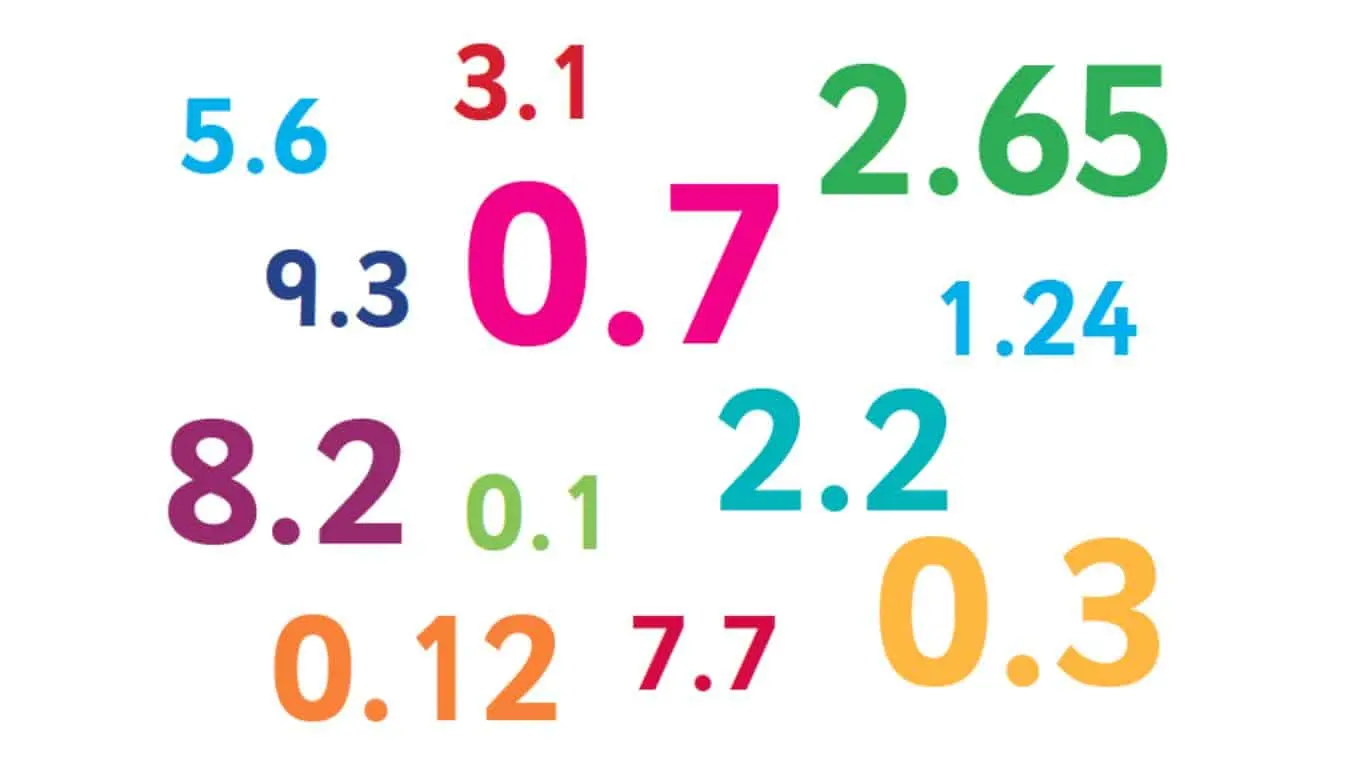
The decimal system, another monumental contribution from ancient India, has been instrumental in shaping various fields that rely on numerical representation and calculation. This system is based on powers of ten and employs the use of decimal fractions, which has made it far easier to perform complex calculations. The decimal system was fully documented in India by the 6th century CE, with early forms appearing in texts like the “Bakhshali Manuscript,” though some argue that its roots are even older.
Before the widespread adoption of the decimal system, many ancient cultures used different systems of counting that were often cumbersome and less efficient for calculation. The Romans, for instance, used Roman numerals, which made even basic arithmetic a complex task. The introduction of the decimal system revolutionized mathematics by simplifying calculations and making it more accessible. This, in turn, had a profound impact on science, engineering, finance, and daily life.
Surgery (Sushruta Samhita)
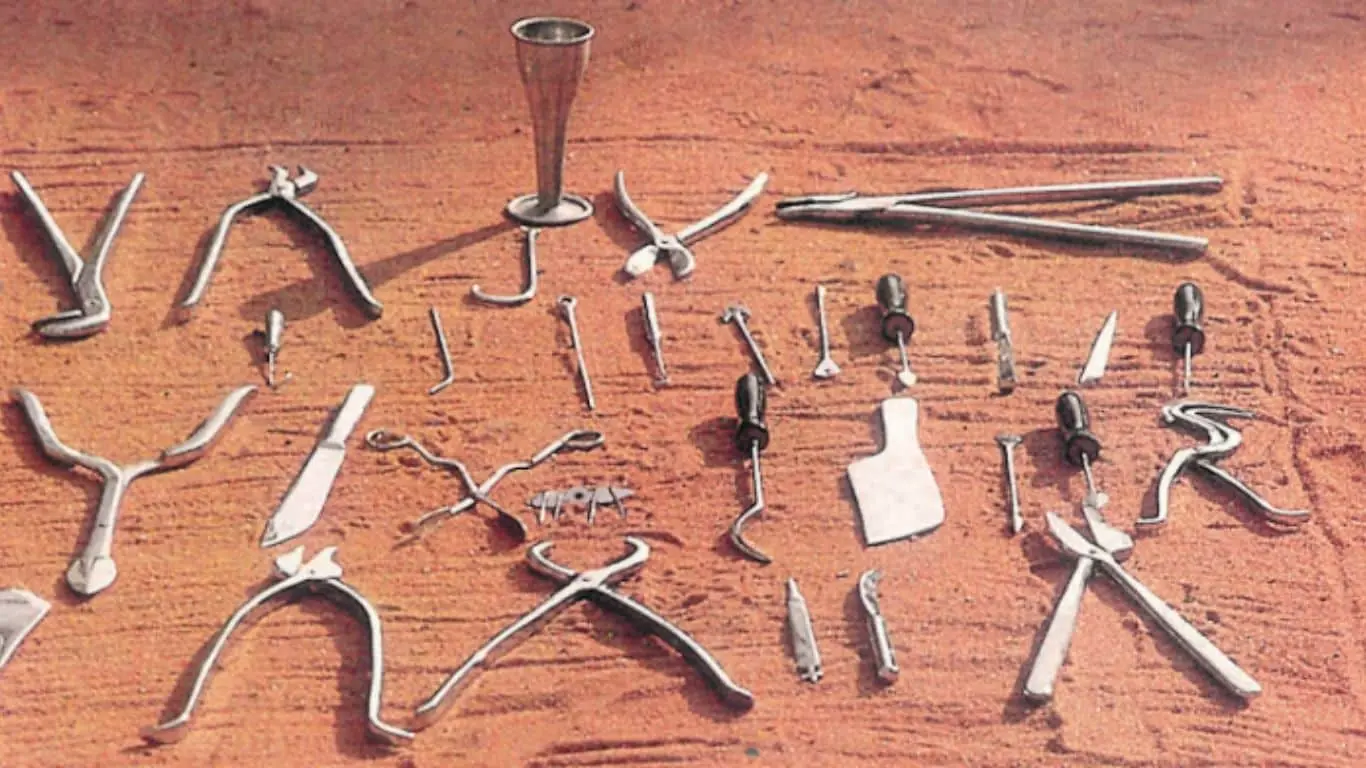
The “Sushruta Samhita,” an ancient Indian medical text attributed to Sushruta, is often considered one of the foundational works of surgery. Dating back to around 600 BCE, this seminal work laid down the principles for surgical procedures, including descriptions of over 300 surgical instruments and techniques for operations such as cataract surgery and caesarean sections. Remarkably advanced for its time, the text even covered topics like plastic surgery, fractures, and amputations, providing insights into anesthesia and surgical ethics as well.
It influenced the development of medicine not just in India but also in the Islamic world, from where it made its way to Europe in the medieval period. The foundational principles laid out in this ancient text continue to be studied and respected today, as surgery has evolved into a highly specialized field with technological advancements. The contributions from the “Sushruta Samhita” remain some of the earliest and most significant in the history of surgical medicine, cementing it as one of India’s most influential exports to the world of healthcare.
Shampoo

The term “shampoo” traces its origin to the Sanskrit word “champu,” which means to massage or knead. Long before commercial shampoos appeared, ancient Indians used herbal concoctions made from natural ingredients like Sapindus (a type of soapberry) and aloe vera for hair cleansing and care. This practice caught the attention of British traders and eventually made its way to Europe in the 18th century, leading to the development of modern shampoos.
Today, the global shampoo industry is worth billions, offering diverse products for various hair types and conditions. As people grow increasingly concerned about synthetic chemicals in personal care items, there’s a resurgence in demand for natural and herbal shampoos, inspired by ancient Indian traditions. Thus, shampoo stands as one of India’s lasting contributions to global personal care and daily life.
Also Read: How Chandrayaan 3 Success is Going to Benefit India



